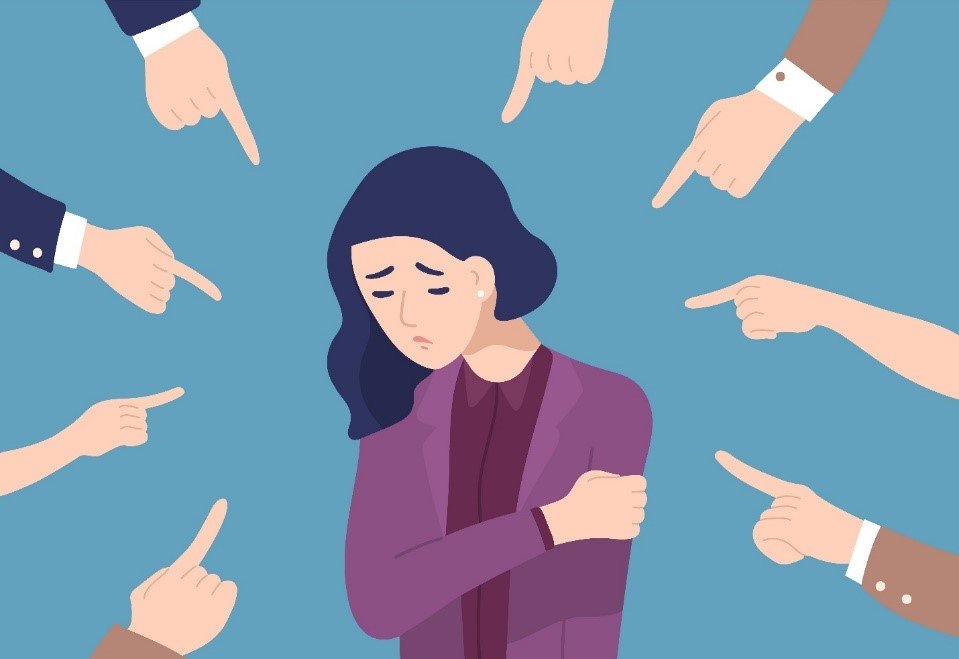Introduction:
Stigma, in the context of mental health, is a pervasive and often misunderstood concept. It represents a set of negative beliefs, attitudes, and judgments that society holds about certain characteristics or conditions. This article delves into the nuanced aspects of stigma, exploring its impact on mental health and strategies for dismantling it.
Defining Stigma: Stigma can manifest in various forms, such as social stigma, self-stigma, and structural stigma. Social stigma involves societal beliefs and attitudes toward individuals with mental health conditions. Self-stigma occurs when individuals with mental health challenges internalize these negative beliefs, leading to a diminished sense of self-worth. Structural stigma encompasses discriminatory practices embedded in societal institutions.
Types of Stigma:
- Public Stigma: Prejudice and discrimination directed at individuals with mental health conditions by the general public.
- Self-Stigma: Internalized feelings of shame and inferiority experienced by individuals with mental health challenges.
- Structural Stigma: Discriminatory policies and practices within institutions that perpetuate bias against those with mental health conditions.
Impact of Stigma on Mental Health:
- Barriers to Seeking Help: Stigma often prevents individuals from seeking mental health support due to fear of judgment or discrimination.
- Isolation and Alienation: Those experiencing stigma may withdraw from social interactions, leading to isolation and alienation.
- Reduced Quality of Life: Stigma contributes to a lower quality of life by limiting opportunities, relationships, and overall well-being.
Addressing Stigma:
- Education and Awareness: Promoting accurate information about mental health can dispel myths and reduce stigma.
- Personal Stories: Sharing personal narratives of mental health challenges humanizes the experience and challenges stereotypes.
- Advocacy: Advocacy efforts aim to change policies and practices that perpetuate stigma, fostering a more inclusive society.
- Language Matters: Using non-stigmatizing language helps create a more supportive and empathetic environment.
- Media Literacy: Encouraging critical analysis of media representations can combat stereotypical portrayals of mental health.
Challenging Stigma in Different Cultures: Stigma surrounding mental health varies across cultures, necessitating culturally sensitive approaches to education and advocacy. Understanding cultural nuances is crucial for creating effective anti-stigma initiatives.
Conclusion: Stigma remains a significant barrier to mental health equity, hindering individuals from seeking help and leading fulfilling lives. By fostering understanding, empathy, and challenging societal norms, we can collectively work towards dismantling the stigma associated with mental health conditions, creating a world that embraces and supports the well-being of all its members.











